Response times play a crucial role in a business's success. It can make a business or break it. When a sales lead is interested in a brand, the lead could be lost if the response time is not fast enough. This is because a lead's intention to buy can change within minutes.
The lead's continued interest in the product is dependent on several factors, including fast response time. Therefore, lead response time measures the time taken to follow up with a potential client or lead.
According to Forbes cites stats, the average company has an average lead response time of about 47 hours. This implies that it takes an average company almost two days to follow up on a potential customer. Two days is enough time for competitors to steal the lead.
Therefore, a business must be more conscious about its lead response time. Learning how to improve lead response time can help a company improve its business operation. This article will discuss some top statistics about lead response time that can benefit B2B salespeople.
Key Lead Response Time Statistics
- 78% of customers buy from a company that responds to their inquiry first.
- Only 7 percent of companies respond to leads within five minutes, while 55 percent of companies respond in five or more days.
- 82% of Consumers Expect Responses Within 10 Minutes.
- Timing your emails properly can increase conversions by 53%.
- Mobile devices drive 45% of web leads.
- 30% of your prospects will go to a competitor if you don’t respond quickly enough.
General Lead Response Statistics
1. Using CRMs for managing inbound leads can help improve lead response time.
(ServiceBell)
The average business wants to improve its profitability. One way to do so is by improving their lead response time. However, improving lead response time would take a conscious effort by the sales teams. Thankfully, customer relationship management systems for sale can help brands improve their lead response time.
Statistics from ServiceBell reveal that CRMs is a helpful sales tools. It can help companies document their interactions with leads. Platforms like Freshworks and Salesforce CRM can directly improve lead response rates. They can be used to notify salespeople when new contacts are created. They can also show the leads that need a first response.
2. Most companies respond to web leads through automated emails
(OpenView)
Statistics from OpenView show that less than 25% of businesses follow up with their leads through phone calls. This is because most businesses look to more accessible lines of communication to reach out to customers. It further showed that over 75% of businesses that don't call their leads used automated emails.
3. About 74% of subscribers expect that response rates should be faster when they sign up for newsletters.
(Business2community)
Statistics from Business2community reveal that about 74% of subscribers expect that response rates should be faster when they sign up for newsletters. They expect at least a welcome email. With a welcome email, brands can then go on to build a relationship with their potential customers.
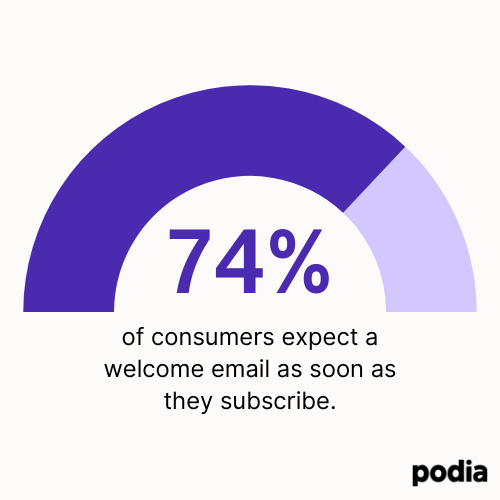
4. Thursdays are always best for responding.
(Lead Response Management)
Lead response time is crucial when it comes to converting leads. However, statistics reveal that responding on specific days of the week can improve response from leads. According to Lead Response Management, Thursday is the best day of the week to respond to leads. Responding to leads on Thursdays improves the chances of converting those leads to sales.
The next best day of the week to respond to leads is Wednesday. The statistics also show that the worst day of the week to respond to leads is Fridays. Although holding out on lead response is detrimental to a business, businesses must try to respond to leads on Thursdays. They can schedule their lead acquisition ads for the middle of the week, so your day-of responses get the best results.
5. Well-timed emails can increase conversion rates drastically.
(Velocify, Xoombi)
In the business world, timing is everything. In fact, it is a must if a business wants to succeed. This also applies to lead response time. Velocify stats reveal that well-timed calls or emails to leads can improve conversions rates.
6. About 71% of customers have purchased products based on experience with the product.
(Salesforce)
When shoppers choose brands they patronize, their previous experience with these brands is a significant deciding factor. This includes the first impression and actually using the product in the past. Interestingly, a business's first impression can affect its lead response time.
This is because lead response time gives potential customers an idea of how seriously a business takes its customers. Businesses that are not readily available for support won't be trusted.
7. More Than 75% of businesses don’t respond to Web leads through the phone.
(OpenView)
Calling leads is one of the most effective ways to convert them. However, a large percentage of businesses don’t use this method. OpenView statistics reveal that less than 25% of businesses contact their Web leads through phone calls. They prefer more accessible communication systems like automated emails.
8. Leads may be agitated if called too many times or too late.
(Business2community)
According to reports from Business2community, the time of calling a lead can either make or break the relationship between the business and the lead. When leads are called too many times or too late, they may not respond to the call. They would most likely move on to competitors.
9. Responding to leads on Thursdays has a 19.1% chance of converting them than responding on Friday.
(InsideSales, Lead Resource Management)
The best day of the week to respond to leads is Thursday, while the worst day to respond to leads is Friday. However, reports from Lead Resource Management on lead response time reveals that Responding to leads on Thursdays has a 19.1% chance of converting them than responding on Friday.
10. About 27% of leads are ever contacted because of slow lead response times.
(Forbes)
Statistics above have shown that the average B2B business has a poor lead response time. Therefore, it is only normal to have a low conversion rate. Interestingly, due to the poor lead response time, only a small percentage of leads are contacted.
Statistics provided to Forbes by Ken Krogue, the cofounder of InsideSales, show that only 27% of leads are ever contacted because of slow lead response times. These poor rates cost businesses millions of dollars every year.
However, he stated that with the right approach to lead response, businesses could successfully contact more than 92% of their leads. A business that can move its contacted lead percentage from 27% to 92% will experience a tremendous leads conversion rate.
This will go a long way to boost sales and improve business success. In fact, the company can make over three times its usual profit if all leads can be converted, and assuming they convert all leads in the initial 27%.
11. Slow lead response time will cause about 30% of leads to choose a competitor as an alternative.
(Website Builder)
Sometimes, leads are immediately convinced of certain products and want to get them. These leads are not common, and every business would do a lot to have them. Interestingly, many businesses lose these types of leads due to slow response. Statistics show that slow lead response time will cause about 30% of leads to choose a competitor as an alternative. This further emphasizes the importance of quick response time.
12. About 24% of customers admit that initial contact is critical.
(Website Builder)
The first impression potential clients have about a business is long-lasting and determines how they perceive the business. Website Builder's statistics on lead response time show that 24% of clients admit that the initial contact they get from a business is critical. It determines how they respond to the brand.
This is based on the first impression they get from the brand. Fast lead response time will always make a better first impression than a slow response.
13. Calling leads within five hours of initial contact is about 40% more effective than calls made after 24 hours.
(LeadSimple)
The key to a better lead conversion rate is quicker responses. A repeated theme of these statistics is that sooner equals better. This is further buttressed by statistics by LeadSimple about lead response time. It states that calling leads within five hours of initial contact is about 40% more effective than calls made after 24 hours.
Lead Response Time Conversion Rate Statistics
14. A business that responds fast wins up to 50% of its sales.
(Website Builder, Vendasta, Zendesk)
The school of thought that slow and steady wins the race is incorrect in lead responses. Most times, the vendor that responds fast wins the race. Statistics show that fast responders win 50% of sales. Statistics from Vendasta further reveal that the number could be up to 78%. That initial contact with a lead or potential client goes a long way to set their expectations.
Interestingly, statistics from Website Builder reveal that not responding to a lead at all will see 30% of shoppers go directly to a competitor. So, as a brand, the intention is the set the stage for other brands. Delaying response time or missing a client’s expected response time by a minute could make you lose high-paying clients.
15. Slow lead response time can result in at least a 15% churn increase.
(Website Builder)
The stats above show that slow response to leads can get customers agitated. This would increase their customer churn rate drastically, causing poor sales. This is because fewer leads will respond to them or progress through their sales funnel. What this implies is that a slow response can cause significant losses for a business.
16. The odds of converting a lead reduce by 80% after five minutes.
(Vendasta)
Vendasta’s statistics on lead response time reveal that the odds of converting a lead reduces by 80% after five minutes. However, five minutes might even be too long for businesses in specific industries. The best way to convert leads with a higher conversion rate is by contacting them instantly or in less than five minutes.
17. When businesses reach out to leads within one hour of initial contact are seven times more likely to convert the lead.
(Harvard Business School Review)
Businesses that contact their leads within one hour of initial contact are seven times more likely to convert. They have more chances than those who contact leads after one hour. A Harvard Business Review study of 1.25 million leads showed that the first sixty minutes of initial contact with a potential customer is crucial. However, waiting for sixty minutes to respond to a lead drastically reduces the odds of qualifying that lead.
18. Calling leads at the appropriate time increases the conversion rate by 49%.
(Xoombi, Velocify)
As stated earlier, timing is crucial to a business' success. Calling leads at the right time can boost the chances of converting the lead by 49%. Therefore, a business must reach out to leads at least within the first to the fifth minute of initial contact.
19. Properly timed emails can increase conversion rates by 53%.
(Xoombi)
The same principle of proper timing applies when responding to leads through email. The faster a business emails its leads, the higher the conversion rate they get. In fact, statistics from Xoombi show that well-timed emails can increase conversions rates by 53%.
20. The chances of converting leads when contacted after 30 minutes are 21 times less than when converting leads after five minutes.
(InsideSales)
Statistics from InsideSales show that the chances of converting leads when contacted after 30 minutes is 21 times less than when converting leads after five minutes. Their studies also showed that a reasonable standard of measuring response time is in three significant drop-off points. These are five minutes drop-off points, the 30 minutes drop-off points, and the 60 minutes drop-off points.
The gaps between these drop-off points are crucial to a business's success. Any response within five minutes has better chances of converting leads than a response within 30 minutes or 60 minutes. Also, responses within 30 minutes have better conversion rates than responses within 60 minutes.
21. Companies can improve their lead response time by offering live or digital support.
(ServiceBell)
A slow response rate can cost brands severely. This is because leads don't have the patience to wait. But with live support, companies can improve their lead response time. For instance, companies can provide live chats that would respond to customers within seconds. The faster the response rate, the better chances of converting leads to sales. Also, if clients can complete a web form instead of attending a scheduled appointment, response time will be massively improved.
Lead Response Speed Statistics
22. Calling a lead after 30 Minutes of first contact is twenty one times less effective.
(Leadsimple)
Sales leads don’t have the patience to wait on a business. Statistics show that some won’t even spend up to half an hour waiting for a business call. According to LeadSimple statistics, the calls a potential customer receives within five minutes have more chances of leading to real conversations.
However, calls received within 30 minutes or more have fewer chances to lead to a real conversation. In fact, it can sink a business' chances completely. Even calling a potential customer after five minutes of first contact has 10% less chance of getting a response.
23. Responding to a potential client within one minute of initial contact has a 391% chance of more conversions.
(Icemortgage Technology, Velocify)
Shooting for a lead response time of one minute is a surefire way to get better results as a salesperson. Statistics show that shooting for a one-minute lead response time after first contact can improve the conversion rate by 391%.
A two minute response time improves the conversion rate by 160%. This is more than half the chances of a one-minute response time. Based on this stat, each minute that a salesperson wastes without reaching out to their leads reduces the conversion rate drastically.
24. About 82% of consumers expect to get a response within ten minutes of initial contact.
(Smallbiz Trends)
These stats show that consumers don't want to wait for or be delayed by any salespeople or company. In fact, they are more patient with customer service than sales support. They expect to get a response at least within ten minutes of contact.
This is mainly due to the fast-paced digital world. Interestingly, the digital world has enough technology to make their expectations possible. As a business that wants to succeed, keeping response time as low as possible should be crucial.
25. The ideal response time is 1.5 minutes.
(LeadSimple)
Although responding to leads within the first five minutes can make a tremendous difference in lead conversion rate, the ideal response time is 1.5 minutes. Statistics from LeadSimple support this claim, describing it as the perfect time frame to qualify leads. In fact, it is called the golden window that provides the highest chances of converting leads to sales.
26. The chances that a lead responds after five minutes of initial contact is ten times less than they respond within five minutes.
(Lead Response Management)
As stated earlier, it is clear that most leads don’t respond to sales calls after the first hour. However, Lead Response Management studies show that the chances that lead respond after five minutes of initial contact are ten times less than they respond within ten minutes.
27. The average lead response time for B2B businesses is 42 hours.
(Hubspot)
Many businesses know the importance of quick lead response. They are also aware that the first five minutes is the best time to respond to leads. However, Hubspot statistics reveal that the average lead response time for B2B businesses is 42 hours. This is a shocking stat because responding after almost two days of first contact is detrimental to any business’ sales funnel.
28. The average lead response time for digital leads is about 17 hours.
(Ricochet360)
With the ever-evolving digital market, it is expected that response to digital leads should be pretty fast. However, this is not the case. Studies from Ricochet360 reveal that the average lead response time for digital leads is about 17 hours. This is not the type of response rate expected for digitals leads.
A 17-hour average response rate is too low and can be detrimental to a business' success. In fact, it is shocking, especially when stats show that responding to leads within 30 minutes or 60 minutes have extremely low conversion rates. However, it is way faster than other types of leads conversion.
29. About 37% of businesses respond to leads within one hour.
(Harvard Business Review)
The lead conversion rate of most businesses is not impressive. This is because most businesses have a pretty slow lead response rate. They respond hours after initial contact with potential customers. This is supported by statistics from the Harvard Business Review study, which states that 37% of businesses respond to leads within one hour.
30. The average response time for web leads is 17 hours.
(Ricochet 360)
The average business doesn't respond within the first 60 minutes or even 24 hours. Ricochet 360 studies further prove this is true. It states that the average response time for web leads is 17 hours. Based on this stat, it is evident that most brands do not attend to lots of business opportunities, thereby losing a lot of income.
Conclusion
Lead response times affect businesses in several ways. It is a crucial determinant of how successful converting leads to sales will be. This directly affects a company’s profitability. The higher the response rate, the more leads can be converted. However, the average company has a poor response rate.
Some companies could take as much as two days to respond to a lead after initial contact. By doing so, they provide their competitors with enough time to steal their leads.
To improve lead response time, companies have to put into conscious effort. They need to monitor their leads and respond promptly. They can employ digital tech to help boost their response rate. Using tech like CRMs can help them track their leads better.
They can be notified when they get news and also if they have leads that need to be contacted. Also, using live support can make response time faster. This way, their lead response rate is improved, and it benefits their business.
Reference
- Ricochet 360
- WebsiteBuilder
- Zendesk
- Vendasta
- LeadSimple
- ICE Mortgage Technology
- Small Business Trends
- Open View Partners
- Lead Response Management
- SalesForce
- WebsiteBuilder
- Ricochet360
- LeadSimple
- Lead Response Management
Ludjon, who co-founded Codeless, possesses a deep passion for technology and the web. With over a decade of experience in constructing websites and developing widely-used WordPress themes, Ludjon has established himself as an accomplished expert in the field.



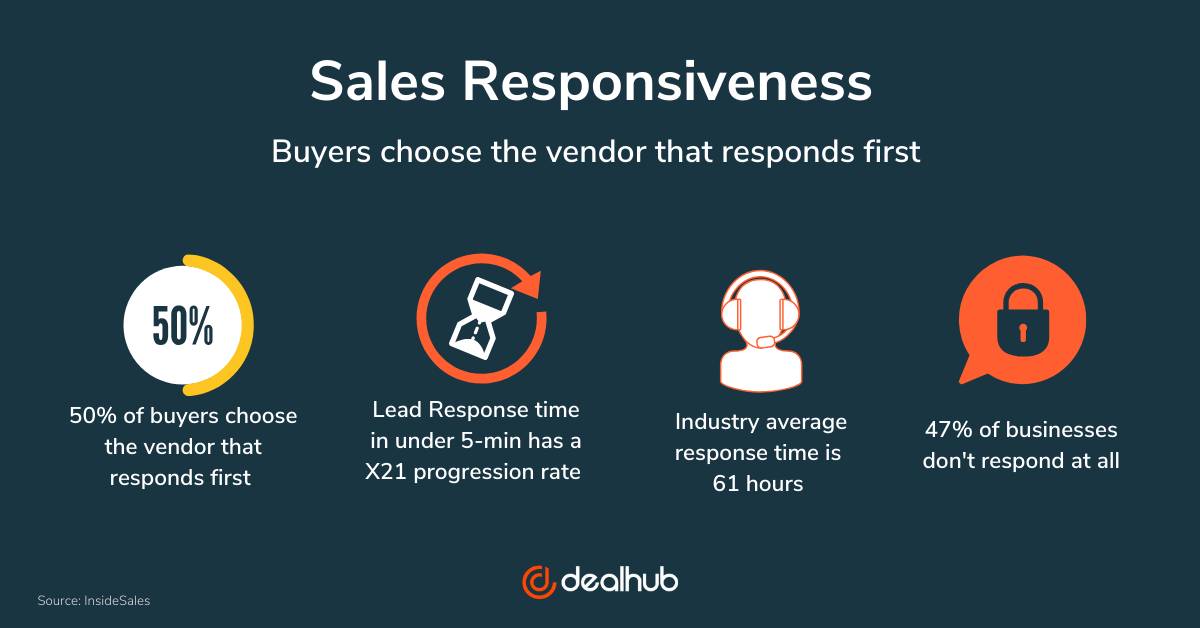
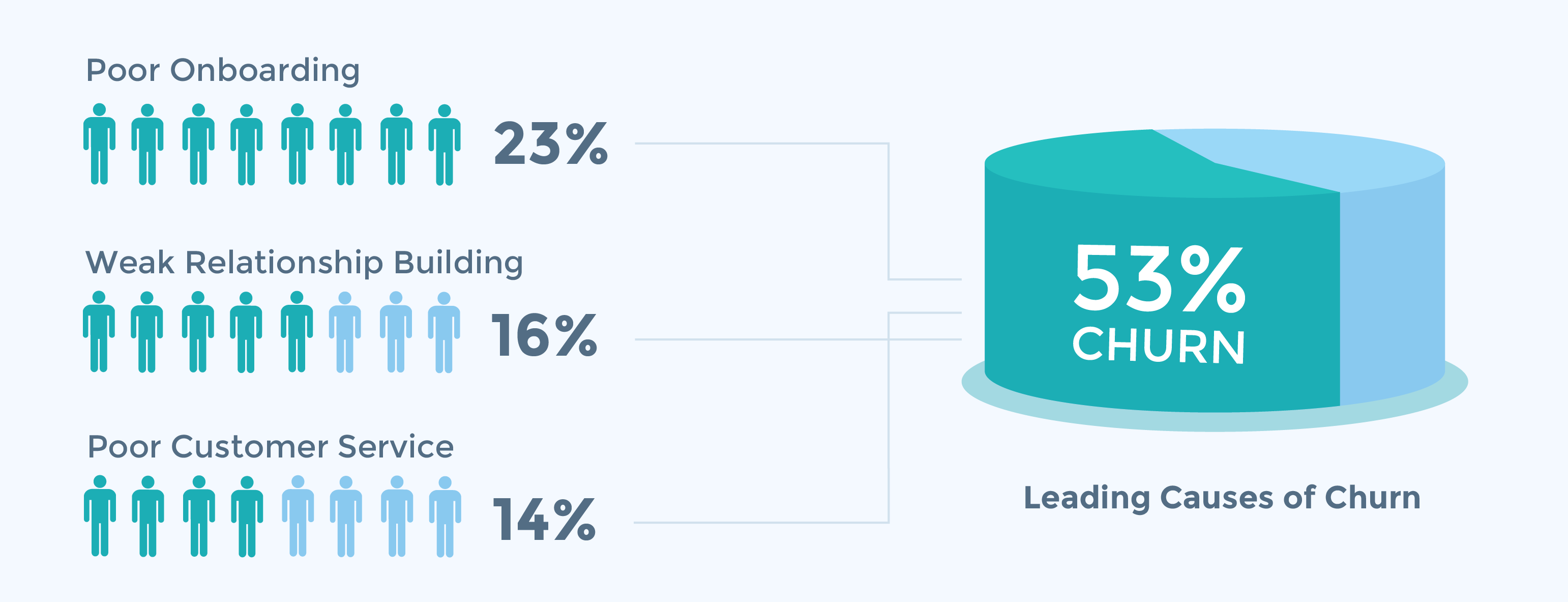
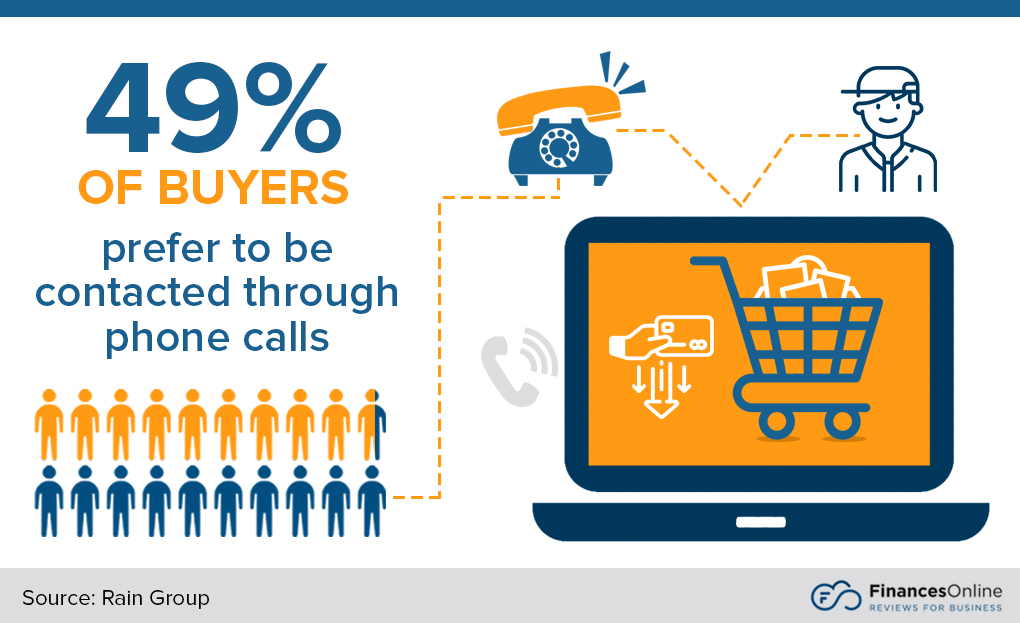




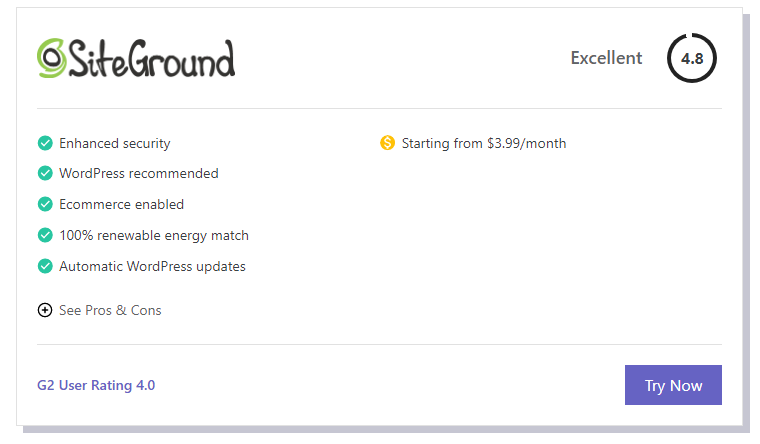

Comments